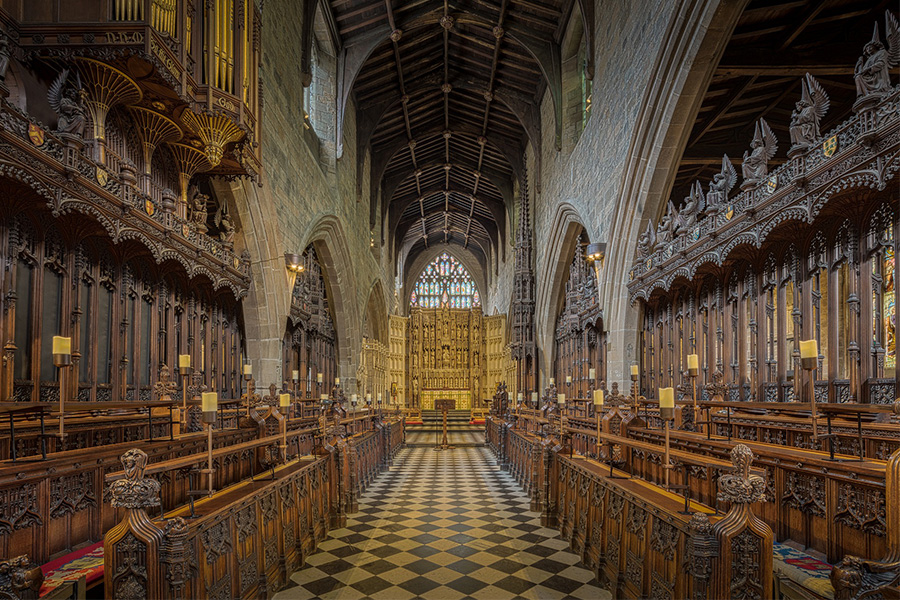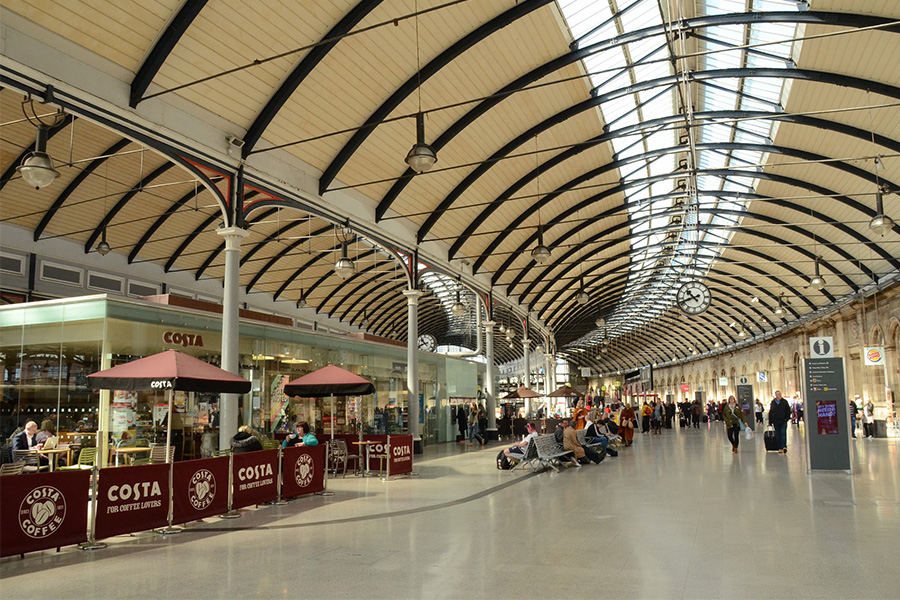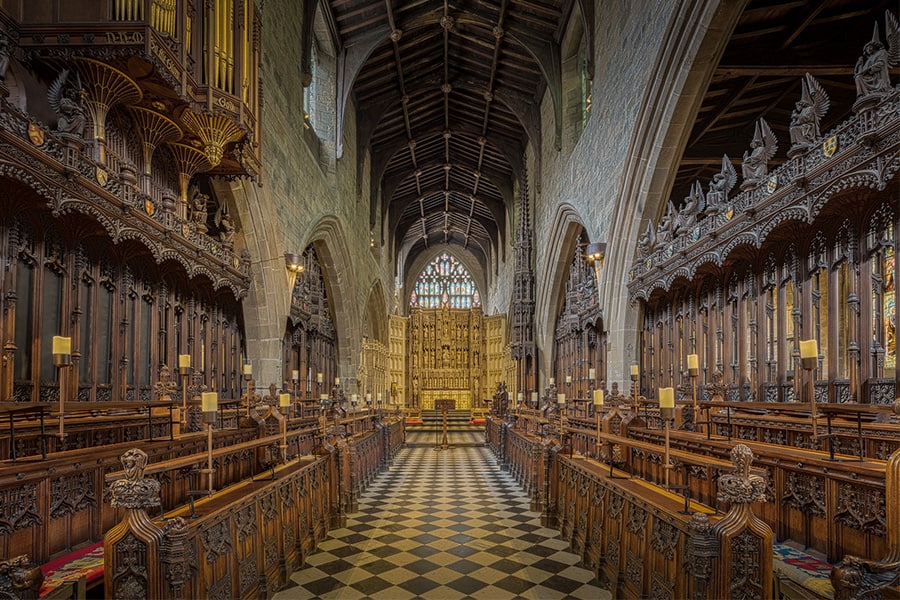Whether you’re a casual visitor to the city, or appreciating Newcastle’s architectural heritage with an expert’s eye, there are dozens of buildings in the North East of England’s largest city that are definitely worth making time for. Being a construction company that offers a range of building services, it will come as no surprise to you that the staff at Team Build Construction are big fans of beautiful buildings. So after a discussion in the office about the most iconic buildings in Newcastle, we decided to write a blog post about it!
Across this vibrant and still-evolving city with 1000 years of history behind it, you can take in everything from the imposing strength of Norman stonework to airy 21st century avenues of glass. For this feature we’ve chosen five well-loved buildings illustrating a wide range of styles and eras. They all have something special; in addition to being fascinating and well-preserved examples of their type, you’ll find a wealth of often unique details in both exterior construction and interior decoration. Each is also a site of local historical and cultural interest which we encourage you to explore.
This is our pick of Newcastle’s most iconic buildings that are a must-see for anyone visiting the city.
Castle Keep
In 1080, William the Conqueror’s eldest son Robert built a motte-and-bailey castle on the site of a Roman fort overlooking the river, which he called the New Castle upon Tyne, thus giving the city its name. A century later, Henry II rebuilt it in stone, although only the Castle Keep tower and the later Black Gatehouse remain well preserved today.
The Keep is now a scheduled Ancient Monument, having narrowly avoided demolition by Victorian railway planners – the line was eventually laid right through the castle grounds between the Keep and the Black Gate!
Owned by the City Council, both the Keep and the Gatehouse are open to the public.
St Nicholas’ Cathedral Church

A church is known to have stood on this site since 1091, and with this classic Gothic church of the 14th century St Nicholas’ gained cathedral status in 1882. The spire tower is impressively carved in a crown or lantern design with several pinnacles featuring gilded statues of Adam and Eve. The interior is exceptional, with painted ceilings, very unusual elaborately carved gargoyles on pews, numerous memorials including the Thornton Brass , and some of the last original mediaeval stained glass to survive the Civil War.
The cathedral is open to the public, and is free although donations towards the expense of upkeep are gratefully received.
Bessie Surtees’ House
Noted as the site of Bessie Surtees’ elopement with John Scott – later Lord Eldon, Lord Chancellor of England – this late 17th century timber-framed building stands as part of a pair of merchants’ houses at Sandhill, by the quayside.
The house was fully restored in the 1930’s using materials salvaged from neighbouring properties, and boasts superb Jacobean carved panelling and ornamental plasterwork along with the original decorated overhanging facade. The majority of the property is currently in use as the offices of English Heritage, but the first floor is kept as a permanent exhibit with free public access during weekdays.
The Old Assembly Rooms
This grand Georgian classic was commissioned by private subscription, and designed by William Newton. Erected between 1774 and 1776., it stands on land formerly part of the gardens of St. Nicholas’ Cathedral in Fenkle Street. Amongst its most notable features is the stunning chandelier lighting, made of some 10,000 hand-cut Newcastle crystal pieces.
Over two centuries it hosted many famous names from Lord Wellington to Dickens before being requisitioned by the army in WWI. It gradually fell into disuse by the 1960’s, and was sold as a redevelopment site. Fortunately the building was not demolished by the new owners, but restored as private function rooms and a conference venue – one of the city’s true hidden jewels!
Central Station

Officially opened in 1850, North East Railway’s Central Station was largely the work of architects John Dobson and Thomas Prosser along with engineer Robert Stephenson. It included the first multi-span arched train shed, a design which looks very simple but conceals a complex arrangement of struts and trusses. As was often the case, funds meant that the stunning vision for the exterior building was not fully realised, although the end pavilions show much of the detailing originally intended. Internally, the refreshment room – now the Centurion Bar – was redecorated with Burmantofts faience in 1893, the early beginnings of Art Nouveau.
This Grade I listed station is still in use, and has been modernised while retaining the original features.
Great architecture is a fusion of form and function, marrying the skills of designer and craftsman to create something to be enjoyed beyond the immediate time or trend. A beautiful building speaks to us. With this in mind, it’s impossible to say definitely what the “best” buildings are, and you will undoubtedly have your own favourites from amongst all those throughout the city of Newcastle – but we hope you’ve enjoyed looking at our overview of iconic local landmarks, and feel inspired to learn more.

